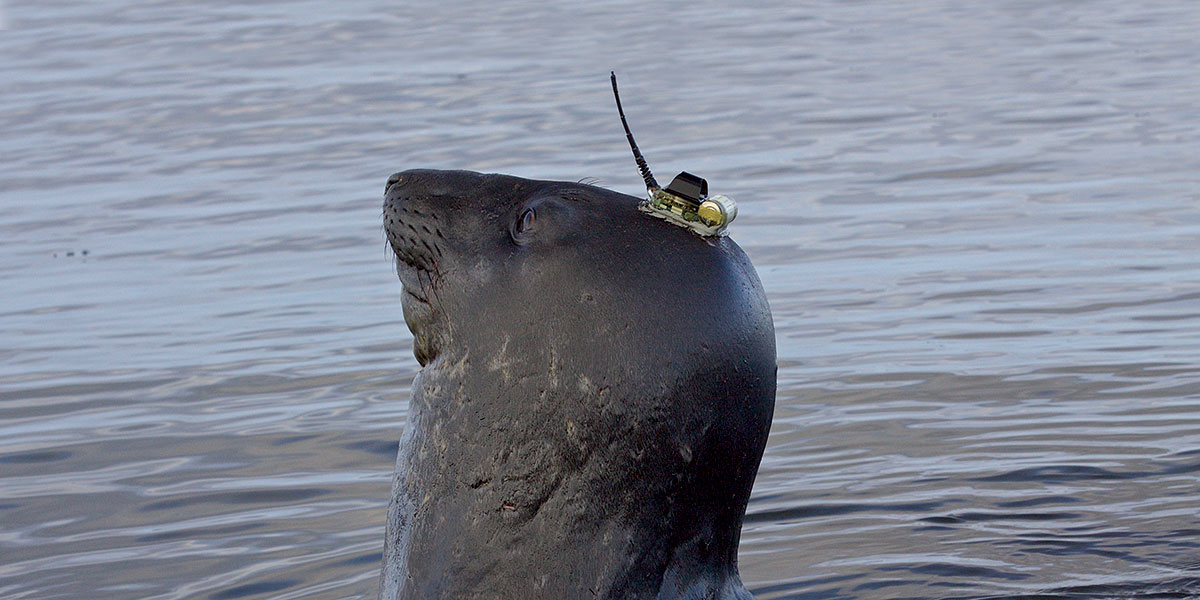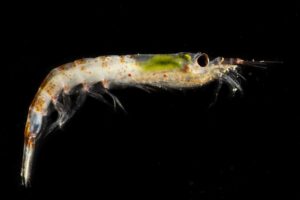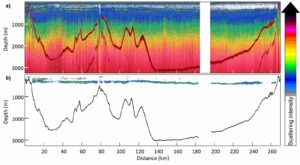


Brief description and intermediate results

During the day, lanternfish, krill, squid, jellyfish and other zooplankton form layer-like aggregations deep in the ocean (around 500m depth) to avoid detection by predators. Layers observed using scientific SONAR (echosounders) are known as deep scattering layers (DSL). DSLs are so dense that in the past DSL echoes have been mistaken for seabed echoes.
Using the hull-mounted echosounders on board the Akademik Treshnikov we have made observations of DSLs around the Antarctic continent, mapping the change in their depth and echo intensity (a proxy for biomass). Diving predators such as King Penguins (max dive depth of around 500 m) and elephant seals (max dive depth > 1,500 m) feed on the inhabitants of DSLs. We have collected, using animal tags, the tracks and dive profiles of diving predators off the coast of South Georgia and Kerguelen.

For the first time, we will be able to link the Southern Ocean (SO) prey-field (DSLs) to the foraging behaviour of deep-diving marine vertebrates. Our data are calibrated and processed. We are currently investigating the relationships between the environment (primary production, temperature, topography etc.) and the SO DSL. Understanding how the environment shapes the DSL landscape will help us better understand the behaviour of top predators.

Andrew Brierley
University of St Andrews, UK
Circum-Antarctic distribution of acoustic deep scattering layers, and associated foraging behaviour of deep-diving predators
- Macquarie University (Australia)
- Sea Mammal Research Unit (UK)
- Australian Antarctic Division (Australia)
- British Antarctic Survey (UK)
- Muséum National d’Histoire Naturelle, (France)
- Sydney Institute for Marine Science, (Australia)